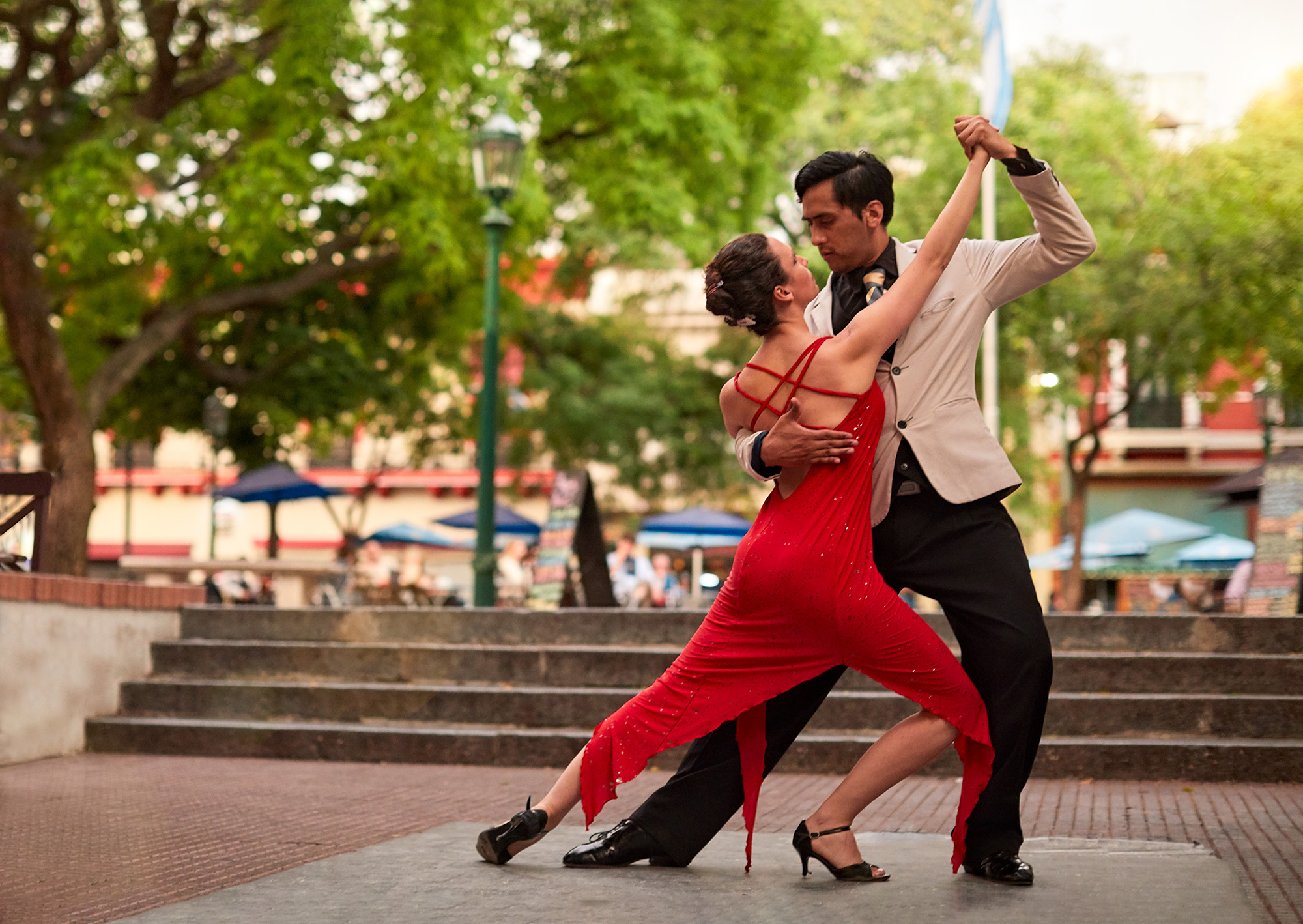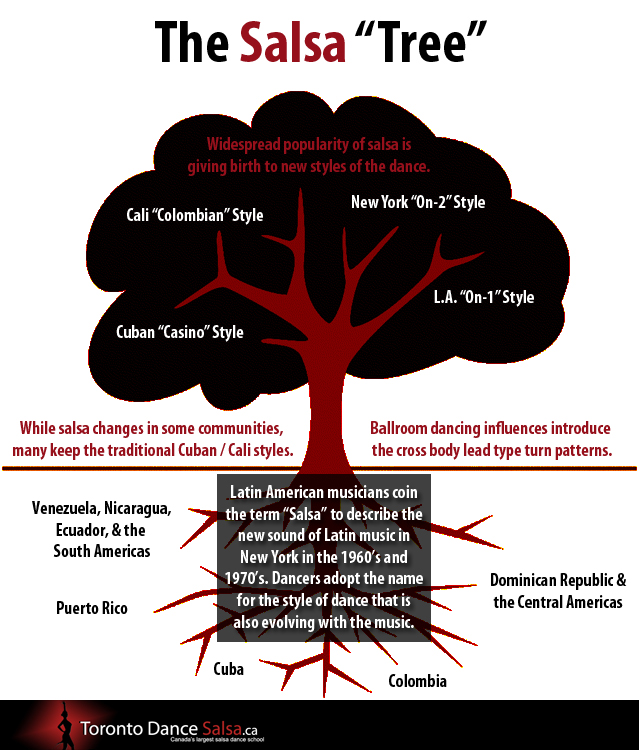Dance San Francisco for Beginners
Table of ContentsSome Known Facts About Dance San Francisco.Dance San Francisco Fundamentals ExplainedGetting The Dance San Francisco To WorkUnknown Facts About Dance San Francisco
Let's consider Salsa dance and music as a huge Tree that looks like this: Salsa is danced world-wide while lots of technical aspects of the dancing are the exact same throughout designs (6 steps over 8 beats danced on a quick-quick-slow or slow-quick-quick rhythm), there are several "trademark" attributes of the major designs of Salsa that differentiate one from the various other.Pairs taking part in a Gambling establishment Rueda dance all actions in unison as called by a Leader. Distinguishing features of Cuban design salsa are round turn patterns (with "break back" steps on matters 1 and 5) in addition to body movement influenced by traditional Afro-Cuban folkloric dancings. Distinct attributes of Cali design salsa fasts and elaborate footwork, danced with a strong hand hold link in between partners.
The beginnings of the style are a subject of dispute, but it is claimed that New York style Salsa dance came from the 1960's due to the increase of Latin American emigrants after the Cuban Change (salsa dancing sf). Eddie Torres is the most popular New york city style dancer, being nearly globally credited with promoting the style to dance centres beyond New york city
The fundamental rhythm of "On-2" is slow-quick-quick. The "youngest" of the styles of Salsa, L.A (https://dancesf9.wordpress.com/). Style (some individuals have called it "West Coast" design) became popular in the 1990's and has its beginnings in ballroom (Mambo, Swing and Cha, Cha, Cha). Turn patterns lead and adhere to methods are heavily affected by these styles, with the Cross Body Lead being the keystone of the style
Dance San Francisco Fundamentals Explained
Design are implementation of turn patterns and numbers in the "slot", with the break actions on matters "1" and "5". This design is additionally defined by elegant and typically complex arm styling by the follow to accent the "1" and "5" counts. The basic rhythm of "On-1" is quick-quick-slow. While Salsa music has solid origins in Cuban, Colombian and Puerto-Rican folkoric customs, it can not be marked down that all Afro-Latin and Latin American cultures have actually added to contemporary Salsa music as we understand it today.


Some Known Incorrect Statements About Dance San Francisco
identifying attributes of Salsa songs are: 4/4 measure signature, Son Clave and Tumbao rhythms, Montuno Piano Unless you have a history in music, the above 3 attributes most likely imply absolutely nothing to you. A less complicated method to explain Salsa music is just how it does NOT seem like various other kinds of Latin American popular music.

It's time for lessons. With a lot of studios out there and various designs to pick from, where does a complete beginner begin? Many all new professional dancers choose to discover L.A. "On-1" design slotted Salsa designs salsa dancing clubs san francisco are one of the most common in North America (with some exceptions of some metropolitan centres that still predominantly embrace Cuban and Puerto Rican designs) and L.A.
.A. Design will rapidly show you the basics of Salsa timing, weight transfer and turn pattern implementation. Several professional dancers, when they have actually had a year or 2 of dance L.A. Style Salsa under their belts, "button" to New York style in order to diversify their dance vocabulary; but many dancers decide to stick to simply one design of Salsa and enjoy their time on the dancing flooring because specific design. salsa dancing sf.
Style and New York City Design all being danced in the exact same club, with numerous of the professional dancers having the ability to switch from one style to the various other from one tune to the following. salsa dancing sf. Regardless of which style you select it is very important to stay with that style till you're extremely comfy with the basics of timing, body rhythm and foundation step execution prior to thinking about "switching" designs (if you intend to)
Once you begin on lessons be prepared to devote time and power to learning how to dance in basic it takes a total newbie (i. e., someone with little or no dancing experience) regarding 6 months of actively taking lessons and going out and exercising at the very least twice a week to obtain to a factor where pattern execution starts to feel "all-natural".